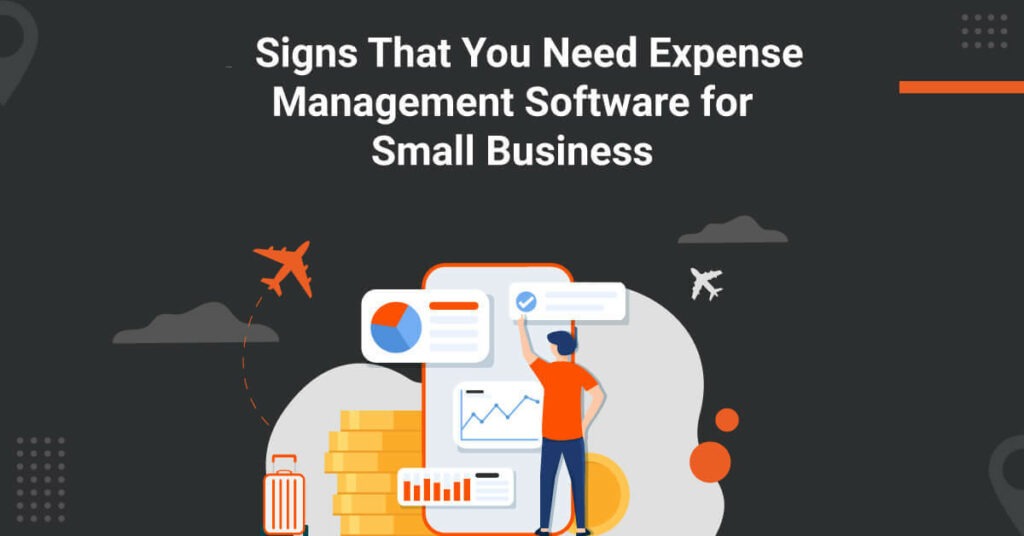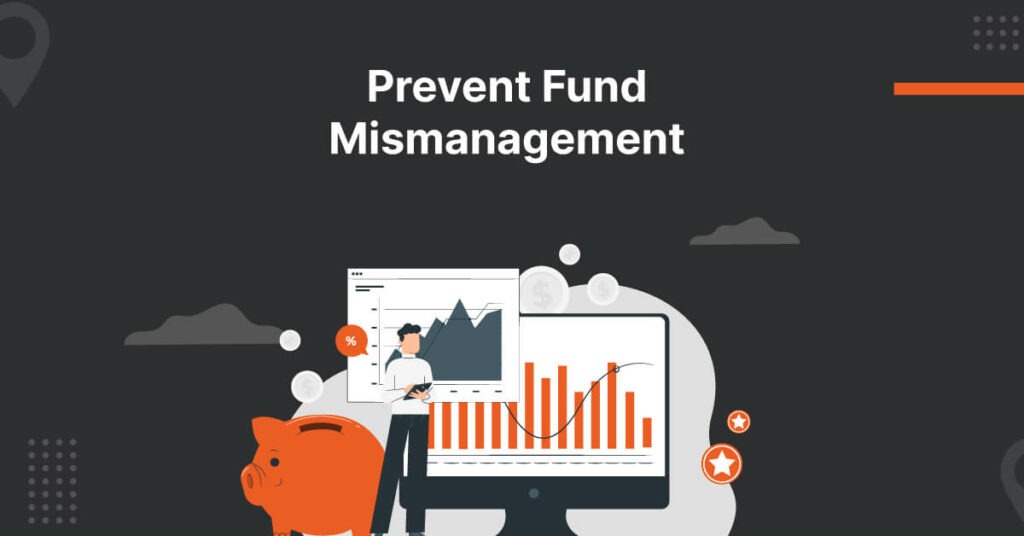Running a business means dealing with all kinds of daily expenses from big costs like employee salaries to smaller ones like office supplies. Keeping a close eye on these expenses is crucial to avoid wasteful spending. Since companies have a mix of spending categories, tracking and managing expenses is necessary.
That’s where automation comes in. Automating your business spend management isn’t just a smart move—it’s essential. Creating a strong strategy and using automation tools can cut inefficiencies, boost growth, and keep operations running smoothly. This guide will show you how to build a solid spend management process. Let’s explore how to take control of your business spending!
What Is Business Spend Management?
Business expense management is about keeping track of, controlling, and optimising your company’s expenses to meet financial goals. It covers all kinds of spending, like employee reimbursements, payments to suppliers, and operational costs. When done right, it helps you avoid overspending, stick to budgets, and improve your company’s financial health.
Spend management software makes this even easier. It automates tedious tasks, gives real-time updates, and simplifies expense tracking. With the right software, you can monitor spending effortlessly, make smarter decisions, and maintain financial stability while growing your business. That’s why spend management is a must for every organisation.
What is the Importance of Business Spend Management?
The importance of business expense management must be balanced. It plays a crucial role in a company’s financial health and overall success. Effective spend management involves monitoring and controlling all business expenses. This is to ensure they align with budgetary goals and economic strategies. By doing so, companies can identify areas where they may be overspending, uncover opportunities for cost savings, and make informed decisions that drive profitability.
One key benefit of robust business spend management is improved cash flow. By monitoring expenses closely, businesses can avoid unnecessary costs, and prevent budget overruns. They can ensure sufficient funds are available for essential operations and strategic investments. This helps maintain financial stability and enables companies to invest in growth opportunities. That too, without compromising their financial health.
Moreover, effective spend management enhances operational efficiency. By streamlining processes and using business spend management tools, companies can automate expense tracking, reduce manual errors, and gain real-time visibility into spending patterns. This leads to better decision-making. Businesses can quickly identify trends and adjust their strategies accordingly.
What’s Included in Business Expense Management?
Business Spend Management (BSM) ensures efficient financial operations for various organisational departments. The following departments particularly benefit from BSM:
- Accounts Payable (AP): This department is directly responsible for processing payments to suppliers and vendors. BSM tools help automate the AP process, ensuring timely payments, reducing manual errors, and improving cash flow management.
- Accounts Receivable (AR) : AR departments need BSM to streamline invoicing and collections. Business spend management solutions help track outstanding invoices, manage customer payments, and ensure that revenue is collected efficiently.
- Finance: The finance department requires spend management to gain visibility into the company’s overall spending. BSM provides budgeting, forecasting, and business spend management tools, enabling the finance team to make informed decisions and maintain financial stability.
- Procurement: Procurement teams use BSM to manage supplier relationships, negotiate contracts, and ensure that purchases are made at the best possible price.
- Operations: The operations department benefits from BSM by gaining control over operational costs. BSM helps monitor and manage day-to-day expenses, ensuring operations run smoothly without exceeding budgets.
BSM is essential for departments like AP, AR, finance, procurement, and operations to ensure efficient, controlled, and optimised financial management.
What are the Benefits of Business Spend Management?
Spend management offers numerous benefits that significantly enhance an organisation’s financial efficiency and control. BSM also leads to improved cash flow management. With real-time visibility into spending, businesses can better forecast their financial needs and ensure sufficient funds are available for essential operations and investments. This proactive approach prevents cash shortages and supports sustainable growth.
Another key benefit is increased efficiency. Automating spend management processes, such as invoice processing and expense tracking, reduces manual work, minimises errors, and speeds up financial operations. This saves time and allows employees to focus on more strategic tasks.
Business spend management also enhances compliance and risk management. By enforcing spending policies and tracking adherence, companies can avoid compliance issues and mitigate financial risks. This ensures that all spending aligns with company guidelines and regulatory requirements.
Finally, BSM promotes better decision-making. With detailed insights and analytics on spending patterns, businesses can make informed decisions that drive profitability and strategic growth. BSM is crucial for maintaining financial control, boosting efficiency, and supporting long-term business success.
Key Areas to Focus on When Creating a Spend Management Plan
When building a spend management strategy for your organisation, pay attention to these four major areas. They will help you stay focused on the right things!
- Requisitions: A robust requisition process is critical. Without proper care, spending on requisitions can sometimes lead to forgoing policies and breaking the rules, and sometimes, it may even lead to fraud. Automating this process will eliminate manual approvals and the filing of requisitions.
- Approvals: Authorisation of purchases before spending is a must to avoid sunk costs. Approval delays lead to more waiting time, which increases the overall cost. Automating this process will help create controlled approval workflows. It will also help send alerts and notifications to the authorisers so the employees do not get stuck.
- Purchasing & Receiving: Poor purchasing can be disadvantageous to any company in the form of unnecessary extra costs. In the process of receiving, the company has to cross-check every item, its quality, quantity, etc. Automation of purchasing & receiving will help stick to the budget by allowing orders according to the inventory requirements. Increased data visibility here helps in better expense management.
- Accounts payable : This is an otherwise completely manual process that can take excessive time and may contain errors. Incorrect or delayed payments to the suppliers can be harmful to supplier relationship management. Automating it will help with on-time and error-free vendor payments, purchase orders, etc.
How to Increase Adoption of your Business Spend Management Strategy?
Spend management, when done right, can be a source of growth for your business. Your spend management strategy must be widely accepted in your organisation to get there. Let’s see some ways in which you can increase the adoption of your business expense management strategy:
1. Automate Processes
Creating step-by-step processes for speed management and making them accessible to the employees helps in increasing the adoption of the spend management strategy. When all the processes are automated using the right tool, there will be better data visibility.
A smart data-driven platform like itilite can give complete spend data visibility and control to your finance teams. This will include showing policy before spending, making it easier for employees to adopt it.
2. Make Flexibility an Option
After solid policies and processes are in place, you must make them flexible to meet business needs. Employees should be able to choose a different option, provided there is a valid justification for doing so. This will increase the strategy’s adaptability. For instance, if the company has chosen a specific hotel or airline, the employee must be allowed to select a different hotel or airline for a valid reason.
3. Involve Leadership Teams
Finance teams should be able to communicate easily with business leaders about spending management. With spend data-backed systems and support from the leadership teams, your spend management strategy can be a source of growth for your organisation.
4. Train your Teams
The adoption of new technology is always a challenge for companies, and it is important to train every person on the team who will be using the new tool. Exhaustive training, seminars, and conferences can help in the effective use of the spend management tool.
Must-Ask Spend Management Questions for Finance Leaders
With the pandemic affecting the business world, it is time for finance teams to adopt a proactive spending management strategy. The reason is that making intelligent changes to the spend management strategy right now can have a higher payoff shortly for your company.
Adopting technology can help you be better prepared for any future market risk. To help you make informed decisions in this process, here are some questions that you should know the answers to as a CFO.
Does your Expense Management Solution Support your Policies?
Your expense management solution should help employees abide by the company policies. It should ideally prevent out-of-policy expenses and be flexible enough to add or remove policies.
Are you Focusing on Invoices?
Checking invoices and approval of invoices has generally been a manual task. This process is better when executed with an automated tool. A good spend management tool will have a scanner that allows employees to scan receipts, therefore, digitising them. Also, it is easy to approve it as it is reconciled with the system.
Is your Company Adapting to New Spending Challenges?
New spending challenges may include the possibility to add more spend categories like internet or data charges, furniture charges, etc. to the employees in the work-from-home setup. Adapting to the new spending challenges with an automated tool can help your finance teams immensely. For instance, automated tools allow finance managers to add new categories which is otherwise an extremely tedious process.
What is Expense Management Experience Like for Users?
It is important for employees to have user-friendly business spend management tools where they can easily file reimbursements, get approvals, etc., all at the click of a button. It is even better if the tool has a mobile app with which they can scan and send receipts anytime, anywhere.
Does your Current Expense Reporting Platform Meet your Needs?
Using a seamless expense reporting platform is extremely important to meeting your company’s spend management needs. A good expense reporting platform like itilite can help your finance teams with everything from approvals to reporting with its best-in-class technology.
Let itilite Help You Manage Your Business Spends
Automate your finance teams’ time-consuming tasks with the right business spend management tools. Automating and streamlining your expense management process with data-driven software like itilite can help your organisation a lot.
itilite can help you convert spend data into actionable insights in turn driving business decisions. With real-time visibility into spend data, you can also manage budgets efficiently.
Get a free demo of itilite today to check out the advanced features yourself.
Frequently Asked Questions:
Corporate spend management involves the strategic oversight and control of a company’s expenditures to ensure efficient use of financial resources. It includes budgeting, tracking, and analyzing spending patterns to optimize cost savings, enhance financial performance, and align spending with organizational goals.
The goals of spend management are to maximize cost savings, improve financial efficiency, and ensure alignment of expenditures with organizational objectives. It aims to enhance visibility into spending patterns, control and reduce unnecessary costs.
Spend management is crucial for businesses because it helps optimize financial resources, reduce costs, and improve overall profitability. By providing visibility into spending patterns and controlling expenditures, businesses can make informed decisions, align spending with strategic goals, and enhance operational efficiency.















 and then
and then